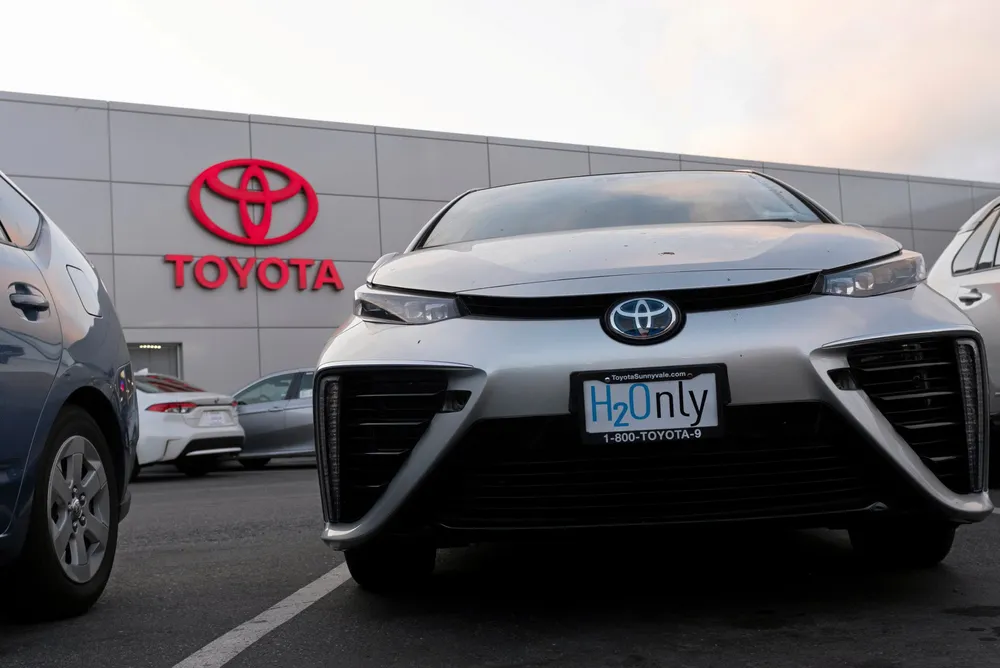Global hydrogen car sales continue to fall amid collapse in South Korean market, despite surge in China and US
Sales for first seven months of 2023 are down 9.6% year on year, according to data from South Korea’s SNE Research

Sales for first seven months of 2023 are down 9.6% year on year, according to data from South Korea’s SNE Research
